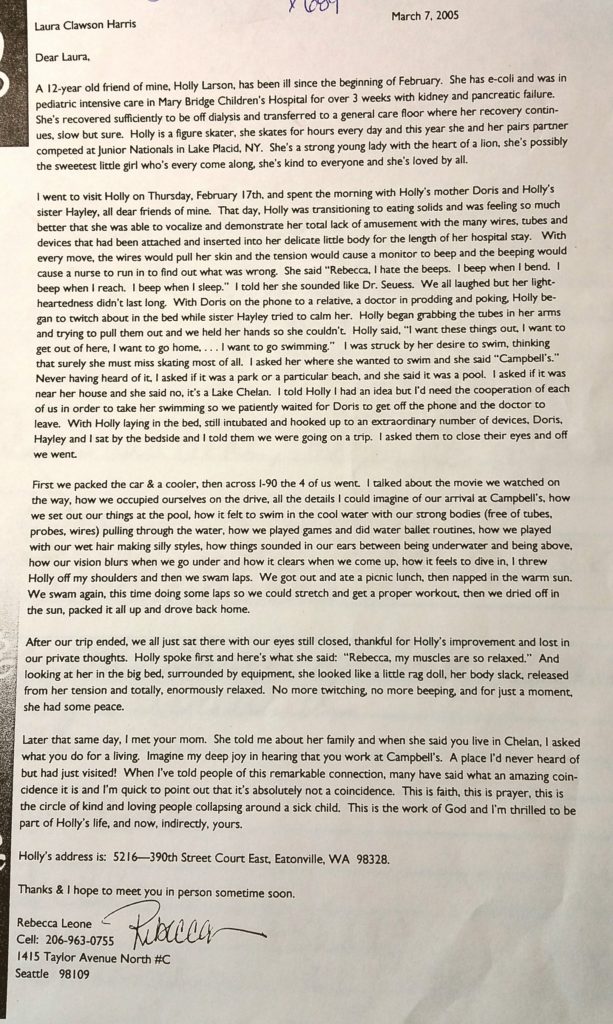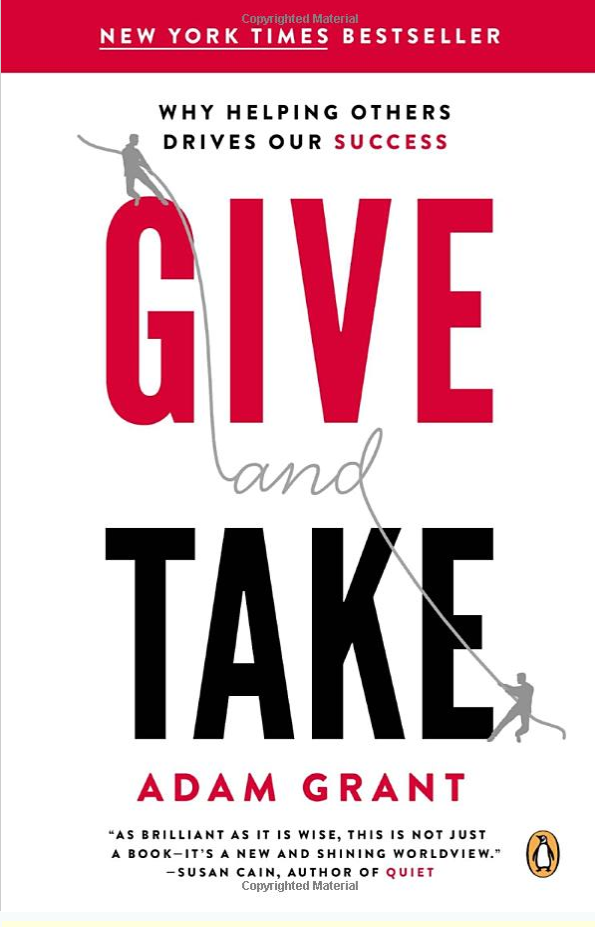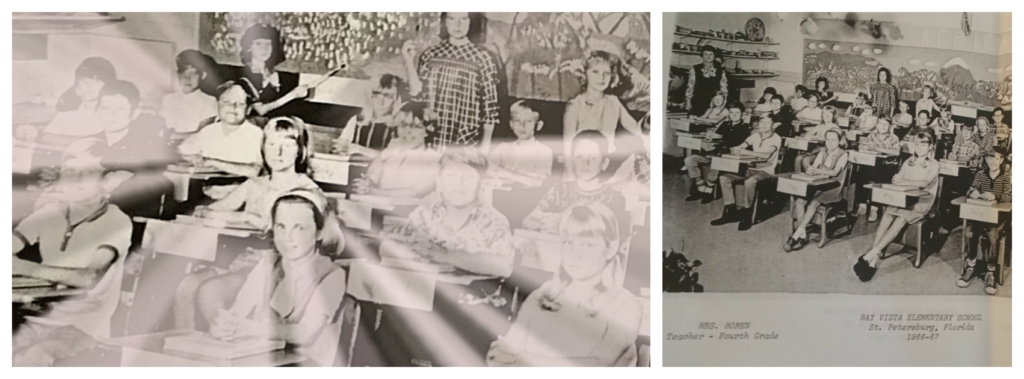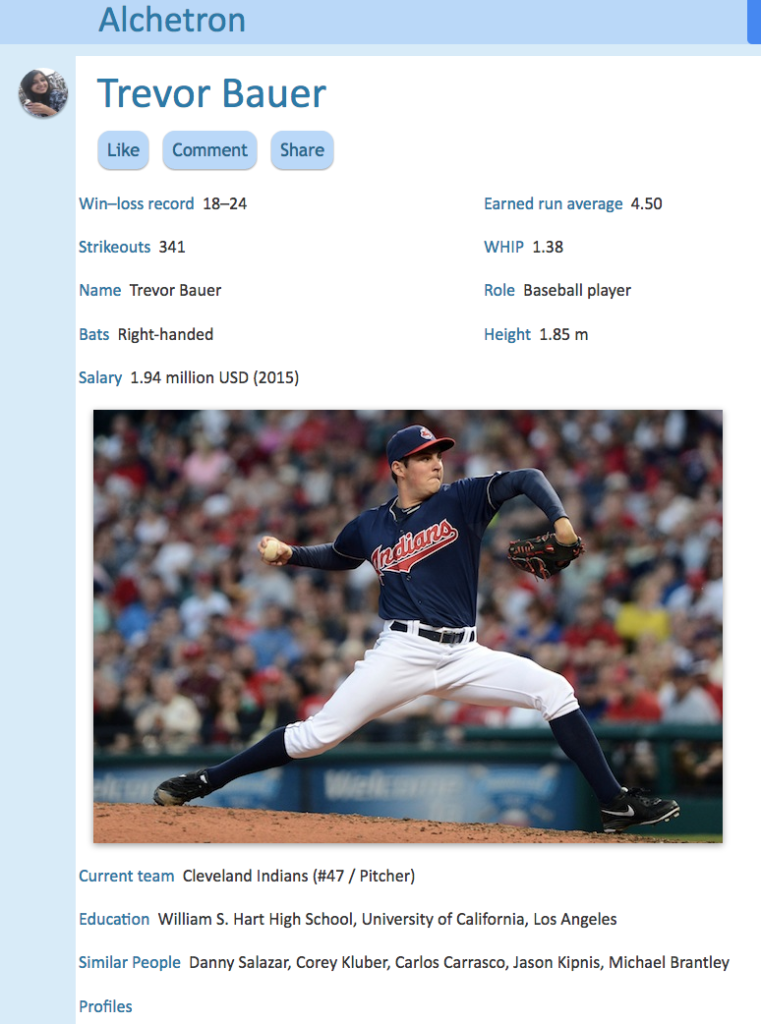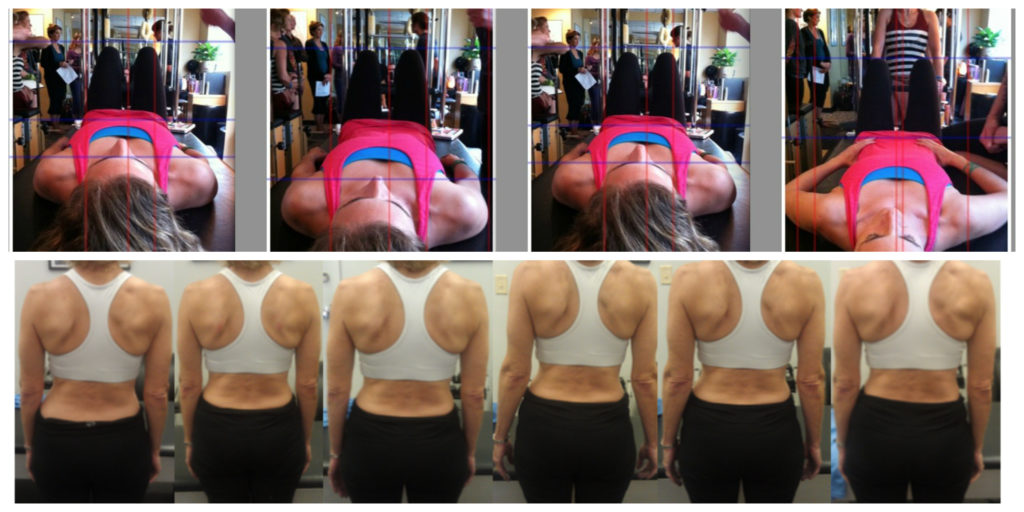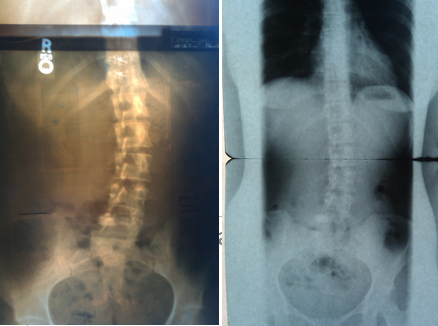Wednesday, February 1, 2017 | I still give my now-famous Pilates 101 lecture to every single client I work with, almost all the teachers I’ve worked with have adopted their own version of it. Mine continues to evolve, I still have all the paper and electronic versions I reference in this 2007 piece and I love going back over them so I can see the arc of my own process and progress.
My 100% spine safe, 100% functional, 100% authentic Portfolio Pilates program integrates the information conveyed in a Pilates 101 lecture into every session and group.
Questions or need help?
I’m right here.
+1 206 963 0755
_________________________________
Friday, February 16. 2007
Pilates 101 In Your Own Words
Tom Petro, authentically trained teacher, writes:
I am a Pilates Instructor here in Reading , PA and I just read your Pilates-Pro article “Pilates 101 for New Clients” (www.Pilates-Pro.com). It sounds like a great idea. Do you have copies or E-mail of your lecture so I can use yours as a basis to form my own (I’m terrible at writing that kind of thing).
The Pilates Nun responds:
Hey Tom, I was born in Steubenville, Ohio – we’re practically neighbors!
I’m going to totally hook you up but before I do, some praise is in order.
Good for you for realizing the value of orienting your clients to the work and for wanting to develop your own Pilates 101. I am also impressed by your ability to be candid about your writing skills; I’m certain you’re a way better writer than you think.
I’m going to set out an easy process for you to use in creating your very own Pilates 101 lecture but I’m NOT going to wholesale give you mine. Here’s why.
My Pilates 101 consists of my words, it sounds like me, it articulates my research, my understanding of the work, my personal experience with it, it supports the mission of my teaching and that of my studio and school. Every session I teach, and I mean every single one, supports my own Pilates 101 lecture.
My path to Pilates 101.
To develop the basic content of my Pilates 101, I spent the 10 months during my primary training researching and I read thousands of pages from many, many books, articles and studies. Once I had the beginning version down pat, it took another year or two to tweak it into what’s ended up being absolutely perfect for me and my studio. And I’m still adjusting as I continue to learn and expand my library; I just recently added 3 pictures from a cadaver book (balanced psoas, imbalanced psoas and a cross-section between L3 and L4 that shows the quad support of the psoas and multifidi – thrilling!).
I’ve got the anatomy portion on Power Point and I show that either on my laptop or studio computer, we’ve got 2 complete copies on individual pieces of paper that we can flip through sitting side by side with our client, I’ve got it pasted up on a fold-out display board like you’d set up on a table top and I can even go old school and show it on overhead slides when I’ve got a big group and no data projector.
I’ve given my Pilates 101 hundreds of time to individuals and to audiences of up to 80 or so people. It took three years of working side by side with me day in and day out for Sister Heidi Sidekick, the fabulous Miss Heidi Byrnes, to feel comfortable enough with the information to give our Pilates 101 lecture. To date, Heidi is the only teacher I’ve ever employed who’s cared enough to thoroughly learn the technical stuff and to develop her own communication skills so that she can sit anyone down and get them through it quickly and effectively. God Bless Heidi!
Most of our Pilates 101 presentations are 10 minutes or less but occasionally, when clients are super detail oriented or injury specific, they can last 15 or 20 minutes. We also dip back into our anatomy slides often as we teach established clients, pulling out the pictures to go over the details more clearly – we’re a visual culture and seeing what’s inside really helps most folks.
Your Path to Pilates 101.
Your Pilates 101 can come much more quickly than mine if you are content to go strictly with what you know today and let the rest unfold and develop as you continue to learn.
The only unequivocal element of your uniquely successful Pilates 101 is that it be true to yourself, your style, your wisdom, your spirit.
Don’t you dare worry about technology – I mean it! It’s there to help you, not freak you out! If you don’t have the required computer skills to set it up in PowerPoint, simply photocopy pertinent pages from any book you’re referencing and flip through the photocopies with your client sitting by your side – low tech is beautiful!
And I know, no matter what you think about your ability to come up with the right thing to say, once you know the gist of it, the words will come and they’ll perfectly articulate your unique abilities as a teacher.
Suggested Pilates 101 Basics.
Here are the basics of what it should, at a minimum, include and I’ve found, after a whole lot of switch-a-roo-ing, this order seems to most closely follow most clients’ mental path through the information.
- Introduction – a bit about Joe & Clara, the industry being unregulated, your training and general philosophy of teaching. In my Pilates 101, this takes about 1 – 2 minutes.
- Anatomy of Pilates – show pictures of the Powerhouse muscles (transversus, multifidi, primary hip flexors, diaphragm, pelvic floor), explain briefly how they work, how to engage them, their role in structural stability, strength, physical health and performance. You can tailor this part of the lecture to each client’s specific goals. Demonstrate on your own body the engagement of the transversus and multifidus, do some knee floats and stirs the right and wrong way to show the proper and smooth deployment of the hip flexors and you can also easily demonstrate the Pilates open chain principle of body weight against gravity = resistance. It’s show and tell! In my Pilates 101, this takes 6 – 8 minutes.
- What to expect from a dedicated Pilates practice – make sure you explain that Pilates is not a substitute for cardio, strength or endurance training. Discuss frequency so their expectations are in line with what we know as being possible. In my Pilates 101, this takes 1 – 2 minutes.
Speaker Beware!
As all good teachers know, you are responsible for how you’re heard and that is never more important than at the beginning of relationships. If you do not yet truly understand the work and/or you’re not yet an accomplished speaker beyond the parroting style most primary training programs out of necessity encourage (because they’re too big, too busy, too impersonal), it’s best for your ego and self esteem to percolate a while on your Pilates 101 before subjecting yourself to what will be certain failure.
Do not overload. Pilates 101 should not result in glazing. With every word out of your Pilates 101 mouth, make sure your cilent is with you and ready for what’s next. Make sure you ask all along the way if what you’re saying is making sense to them and if they have any questions.
Your very own Pilates 101 is on the way!!
Tom, you’ve got an interesting project ahead of you and I know you can do it. Make a schedule to work on it over the next couple of weeks, practice with friends and supportive clients to work out the kinks and before you know it, you’ll be super comfortable with it. Best of all, your clients will be well prepared for what to expect from the work and the way you teach it, your book will be more stable and the world will be a better place. The Pilates world, at least, which is saying quite a lot.
Good luck and let us know how it goes.
